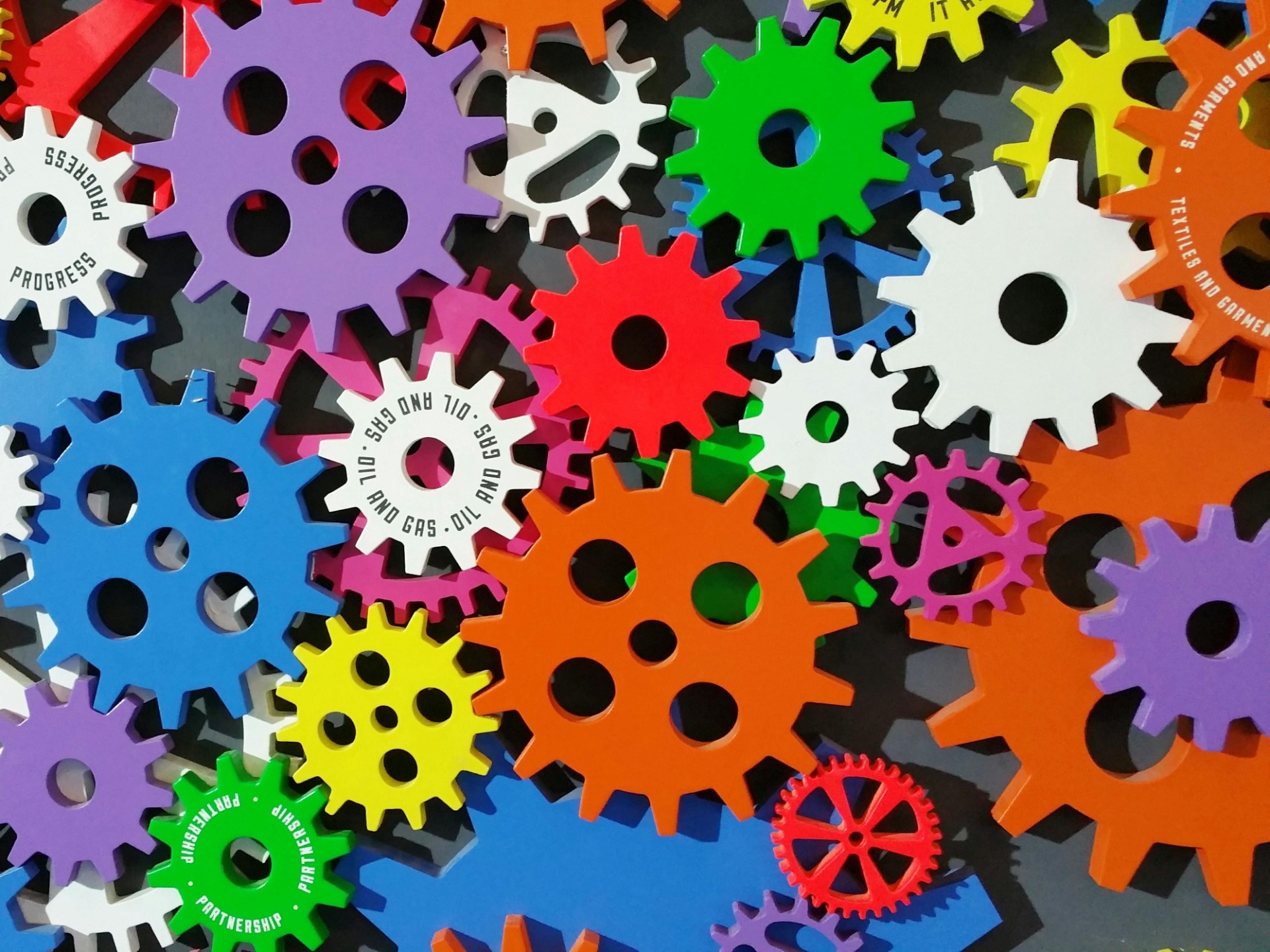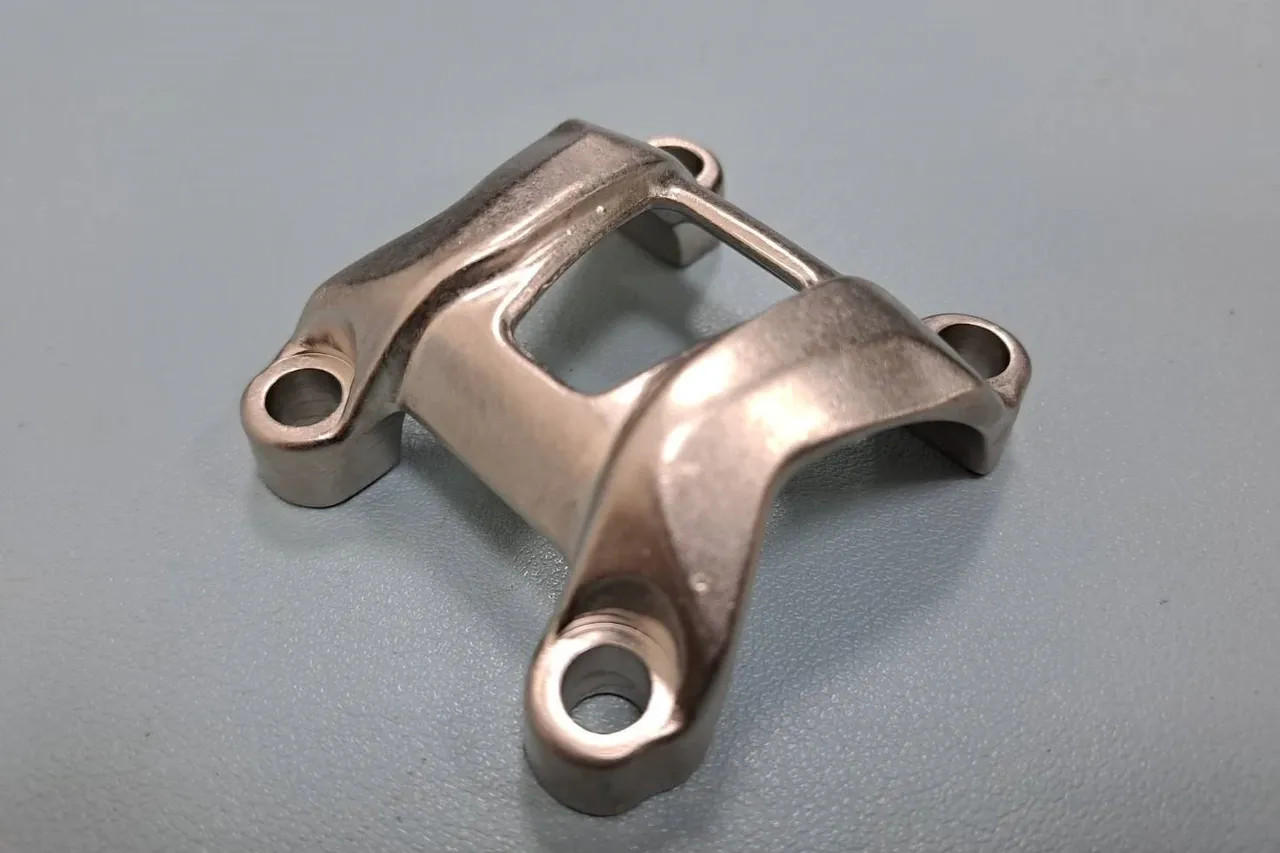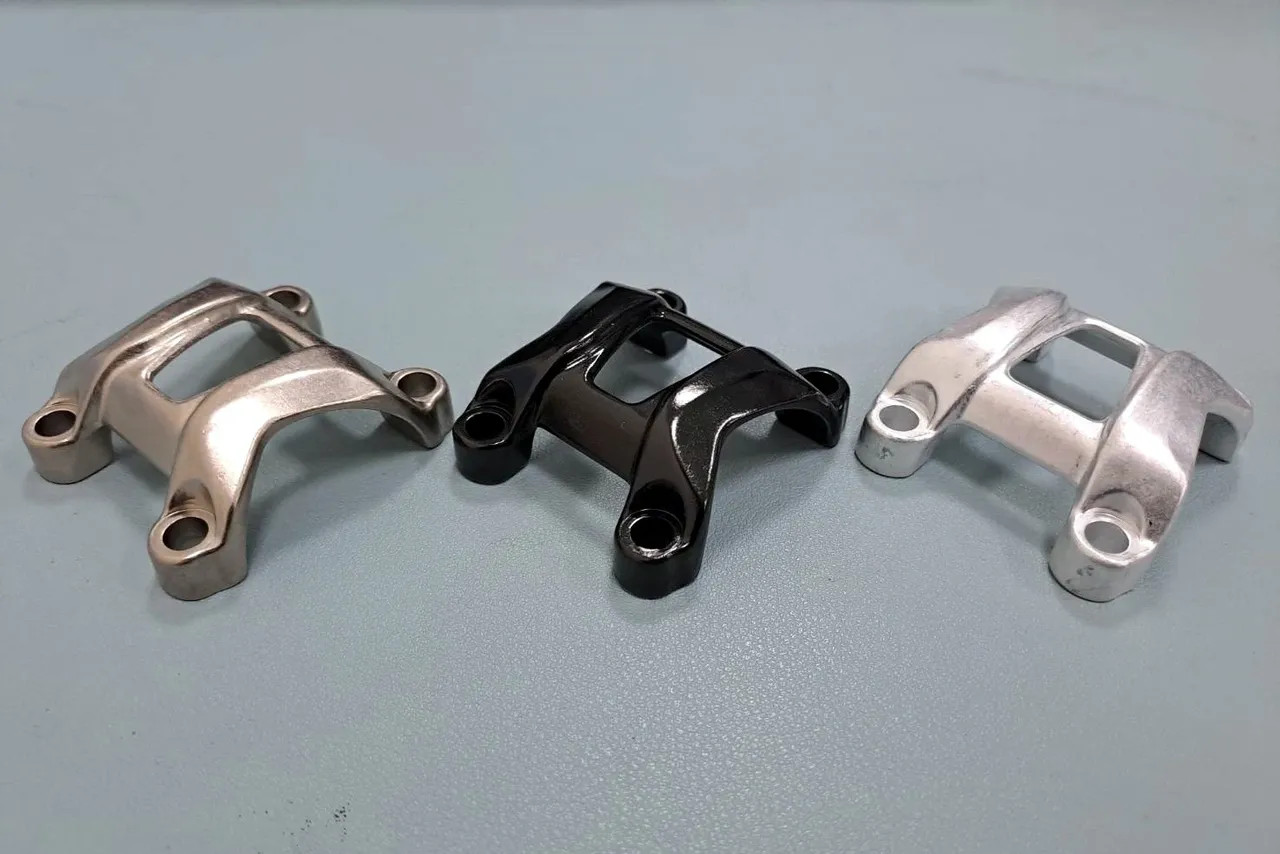[Surface treatment] About Electrodeposition
In the surface treatment industry, people often mention "electrodeposition." What is it? Electrodeposition is a coating technology that uses an electric field to cause a charged coating to migrate directionally through a water-based medium and adhere to the surface of a conductive substrate. Another common term is "electrophoretic coating," which...








